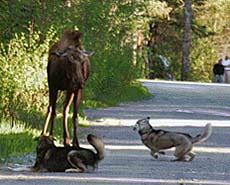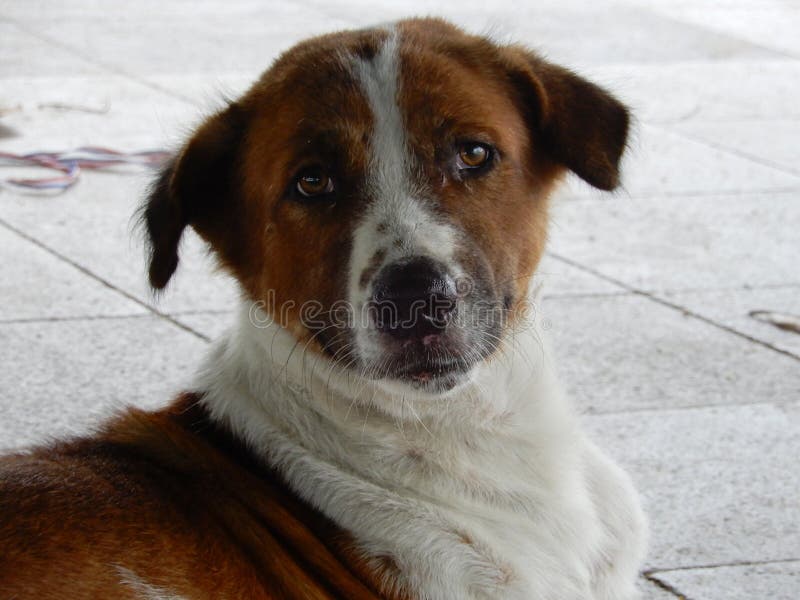
This, among other reasons, forms the basis for the unprecedented free-ranging dog population, making it the most common carnivore on the planet (Gompper 2014). Consequently, the population dynamics in these groups is unregulated by environmental and ecological conditions ( Boitani and Ciucci 1995, Boitani et al. The very loose connections in these groups define them not as a real pack (like in wolves), but rather as a group of individuals ( Boitani et al. Furthermore, there is no indication of social control on reproduction. There is no evidence that agonistic behavior in dogs plays the same role and leads to the formation of a hierarchical structure like the one observed in wolves. The social structure in feral dogs represents a grouping of breeding individuals and their pups and sub-adults. 1983, Boitani and Ciucci 1995, Marshall-Pescini et al. The established social control of reproduction in the packs serves two important purposes: (1) it limits the number of reproducing individuals (2) the non-reproducing individuals might increase the chances of pup survival ( Packard et al. Their social system is a linear hierarchy, where dominance and subordinance are regulated by agonistic behavior.


Gray wolves live in single-family units (packs), formed and maintained by the social bonds among the members. The social ecology of the gray wolf is well studied (Bibikov 1985, Mech and Boitani 2003). These differences are of special interest when studying feral dogs (dogs that live without direct contact with humans nor directly depend on them for food) ( Boitani et al. However, the process of domestication has influenced not only the morphology but also the ecology and behavior of the domestic dog compared to its wild ancestor ( Saetre et al. Being this closely related, dogs and wolves can interbreed (producing fertile offspring) and have continued to exchange genetic material after the initial divergence (Benirschke 1967, Vilà et al.

The gray wolf ( Canis lupus Linnaeus, 1758) is the direct ancestor of the domestic dog ( Canis familiaris Linnaeus, 1758) ( Vilà et al.


 0 kommentar(er)
0 kommentar(er)
